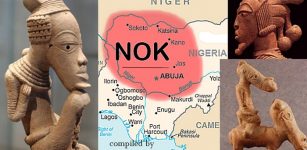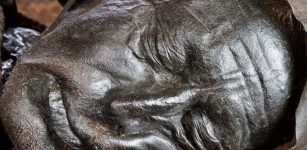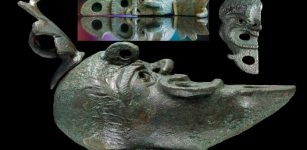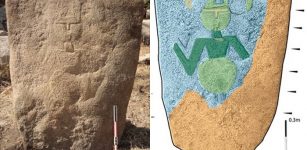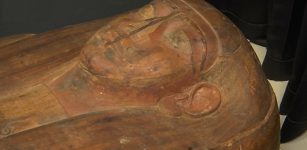‘Viking Disease’ Hand Disorder May Come From Neanderthal Genes
Jan Bartek - AncientPages.com - A new paper in Molecular Biology and Evolution shows that a condition known as Dupuytren's disease is partly of Neanderthal origin. Researchers have long known that the disease was much more common in Northern Europeans than in those of African ancestry.
Credit: Adobe Stock - Lazy_Bear
Dupuytren's disease is a disorder affecting the hand. Those who suffer from the condition eventually see their hands become bent permanently in a flexed position. Although the condition can affect any finger, the ring and middle fingers are most often afflicted. Scientists have previously identified several risk factors for the condition, including age, alcohol consumption, diabetes, and genetic predisposition.
A 1999 Danish study reported 80% heritability for the condition, indicating a strong genetic influence. The condition is much more common in people of Northern European ancestry. One study estimated the prevalence of Dupuytren's disease among Norwegians over 60 years to be as much as 30%. The condition is rare, however, for those of primarily African descent. This apparent geographic distribution has given Dupuytren's disease the nickname "Viking disease."
There are geographical differences in the extent of genetic ancestry linking present-day humans to now-extinct groups. People from Africa south of the Sahara have little ancestry from Neanderthals or Denisovans, who that lived in Europe and Asia until at least 42,000 years ago. In contrast, people with roots outside of Africa inherited as much as 2% of their genome from Neanderthals and some populations in Asia today have up to 5% Denisovan ancestry. Given these regional differences, archaic gene variants can contribute to characteristics or diseases found primarily in certain populations.
Given the prevalence of Dupuytren's disease among Europeans, researchers here investigated its genetic origins. They used data from 7,871 cases and 645,880 controls from the UK Biobank, the FinnGen R7 collection, and the Michigan Genomics Initiative to identify genetic risk variants for Dupuytren's disease.
A ring finger locked in a bent position as seen in Dupuytren's disease, colloquially known as the "Viking disease." Credit: Hugo Zeberg/ Molecular Biology and Evolution
They found 61 genome-wide significant variants associated with Dupuytren's disease. Further analysis showed that three of these variants are of Neanderthal origin, including the second- and third-most strongly associated ones. The finding that two of the most important genetic risk factors for Dupuytren's disease are of Neanderthal origin leads the scientists to conclude that Neanderthal ancestry is a significant factor in explaining the prevalence of the disease in Europe today.
"This is a case where the meeting with Neanderthals has affected who suffers from illness," said the paper's lead author, Hugo Zeberg, "although we should not exaggerate the connection between Neanderthals and Vikings."
The study was published in the journal Molecular Biology and Evolution
Written by Jan Bartek - AncientPages.com Staff Writer




